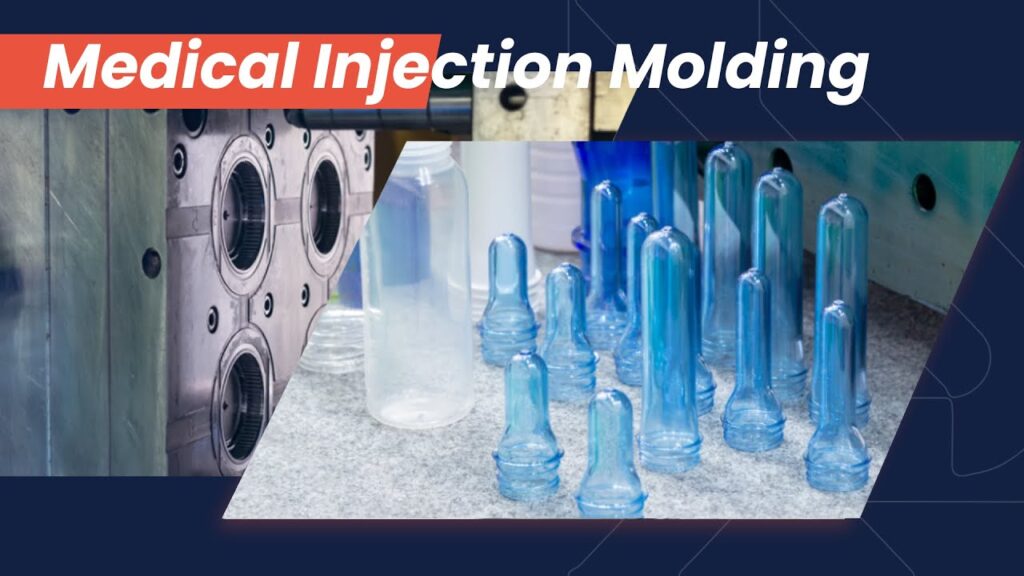Medical plastic injection molding machines are sophisticated pieces of equipment crucial in the production of various medical devices and components. These machines utilize advanced technology to mold intricate designs with precision and accuracy, ensuring the quality and safety of medical products.
Understanding the Functionality of a Medical Plastic Injection Molding Machine
Medical Plastic Injection Molding machines consist of several key components working in tandem to produce molded parts. These components include the injection unit, clamping unit, mold, and control system. The machine operates by melting plastic pellets and injecting the molten material into a mold cavity, where it solidifies to form the desired shape.
Challenges in Operating a Medical Plastic Injection Molding Machine
Operating a medical plastic injection molding machine comes with its own set of challenges. One of the primary challenges is the technical complexity involved. Operators need to have a deep understanding of the machine’s functionality and operation to ensure smooth production processes.
Precision and accuracy are paramount in medical device manufacturing, making it essential for operators to maintain tight tolerances during the molding process. Additionally, the choice of materials plays a crucial role in achieving the desired quality and performance of medical products.
Training and Skills Required to Operate the Machine
To operate a medical plastic injection molding machine effectively, operators must undergo comprehensive training programs. These programs cover various aspects, including machine operation, maintenance, and troubleshooting. Additionally, operators need to be well-versed in safety protocols to minimize the risk of accidents and injuries in the workplace.
Importance of Maintenance and Calibration
Regular maintenance and calibration are essential to ensure the optimal performance of medical plastic injection molding machines. Maintenance practices involve routine inspections, lubrication, and replacement of worn-out parts to prevent breakdowns and prolong the machine’s lifespan. Calibration processes ensure that the machine operates within specified parameters, maintaining product quality and consistency.
Factors Influencing the Difficulty Level in Operating the Machine
Several factors influence the difficulty level in operating a medical plastic injection molding machine. Machine complexity, experience level of the operator, and adherence to quality standards and regulations all play significant roles. Advanced machines equipped with automation and robotics can simplify operation tasks, reducing the overall difficulty level.
Mitigating Challenges through Advanced Technology
Advanced technology has revolutionized the field of medical plastic injection molding, offering solutions to mitigate operational challenges. Automation and robotics have enabled precise control over the molding process, enhancing efficiency and productivity. Quality control systems monitor key parameters in real-time, identifying potential issues before they escalate.
Safety Precautions for Operators
Operators of medical plastic injection molding machines must adhere to strict safety precautions to minimize the risk of accidents and injuries. Wearing appropriate personal protective equipment (PPE), such as gloves, goggles, and protective clothing, is essential to prevent exposure to hazardous materials and moving parts. Following safety guidelines and procedures outlined by regulatory authorities ensures a safe working environment for all personnel.
Conclusion
Operating a Medical Plastic Injection Molding machine requires a combination of technical expertise, training, and adherence to safety protocols. Despite the challenges involved, advancements in technology continue to streamline operations and enhance productivity in the medical device manufacturing industry.
